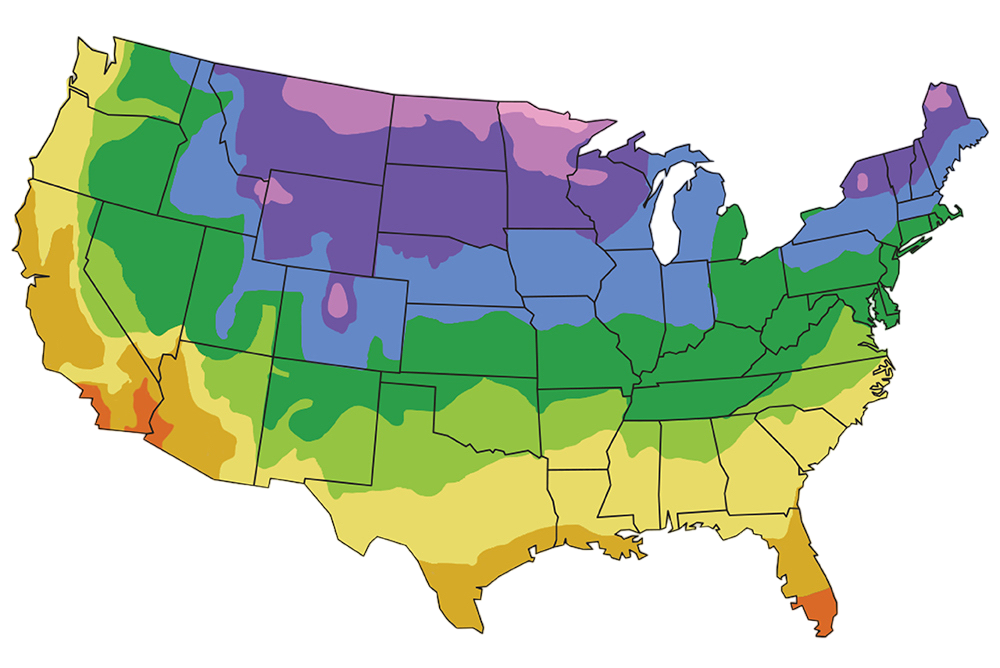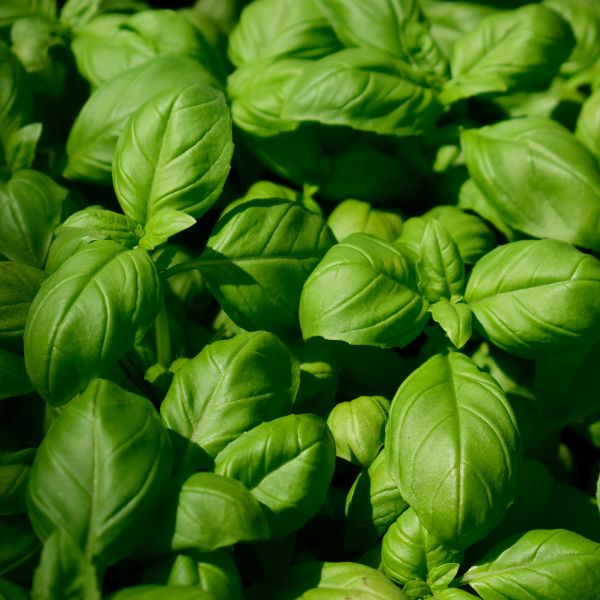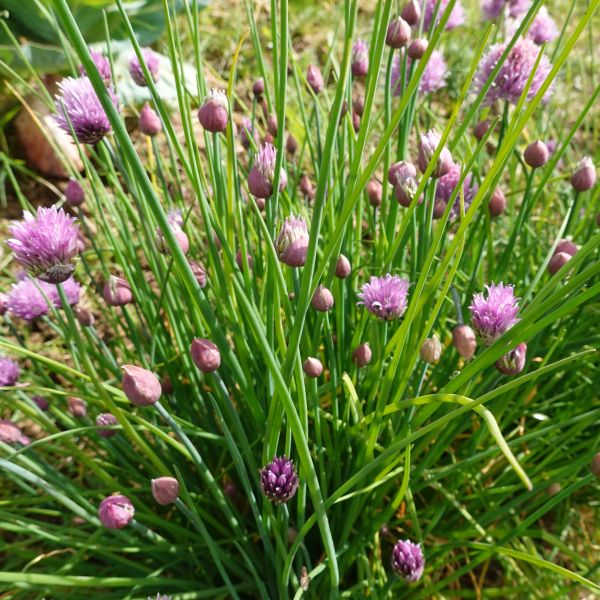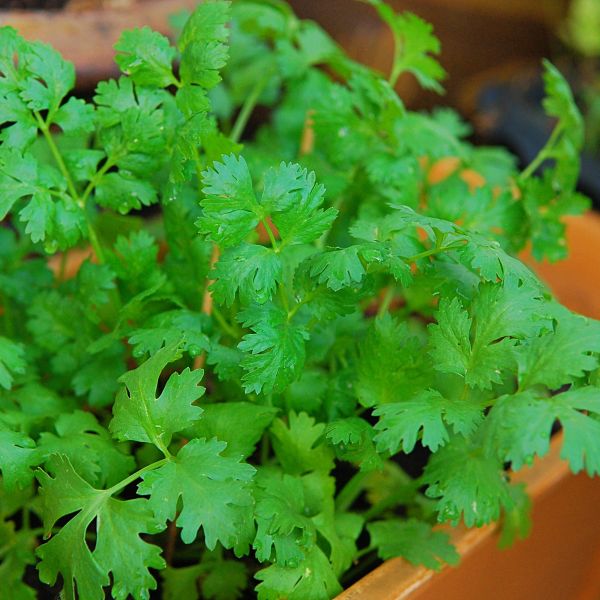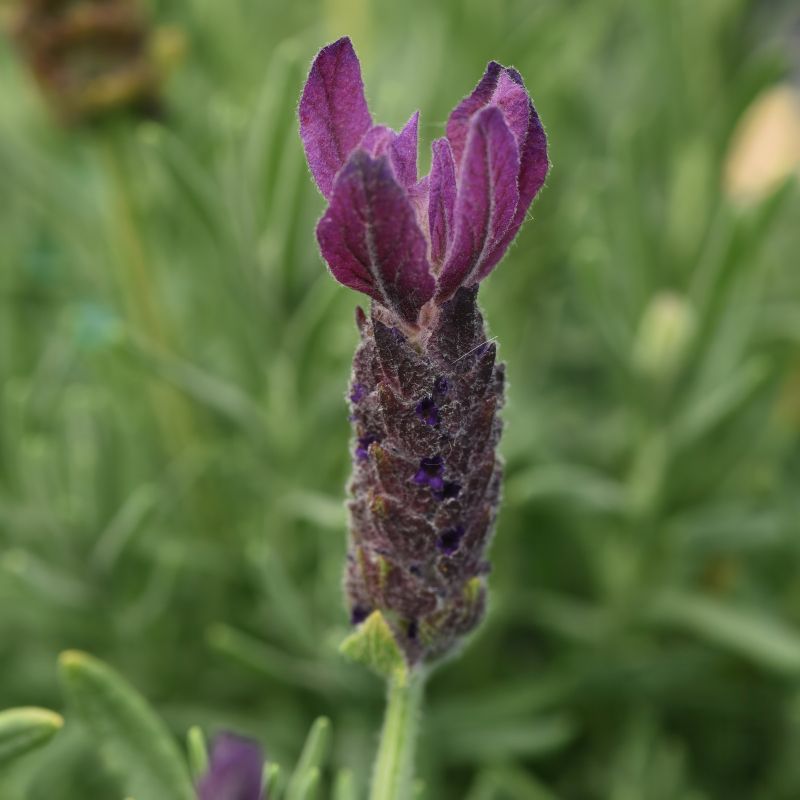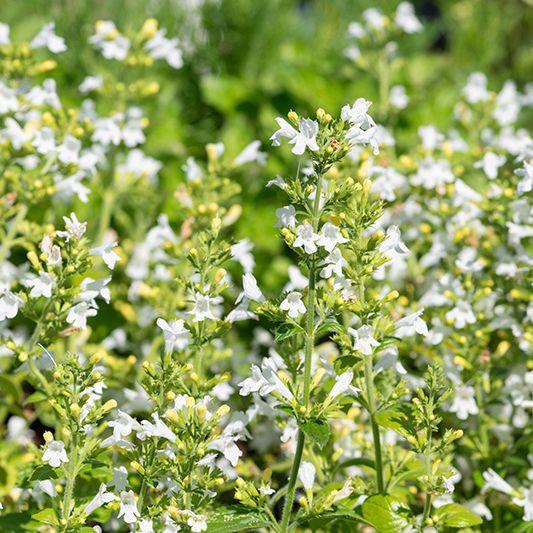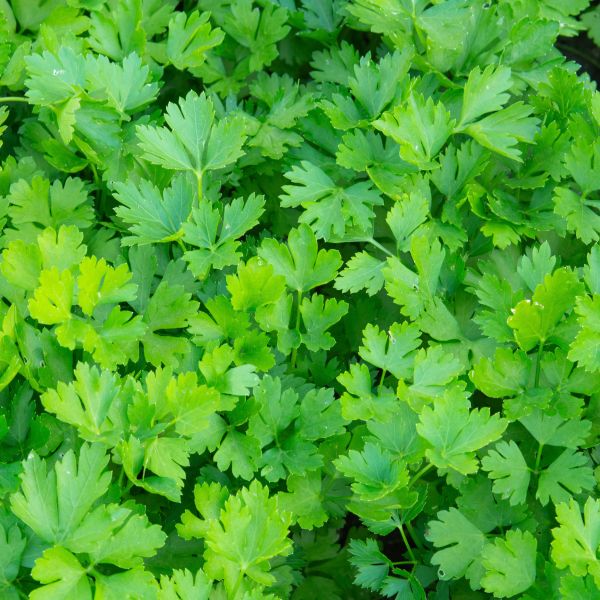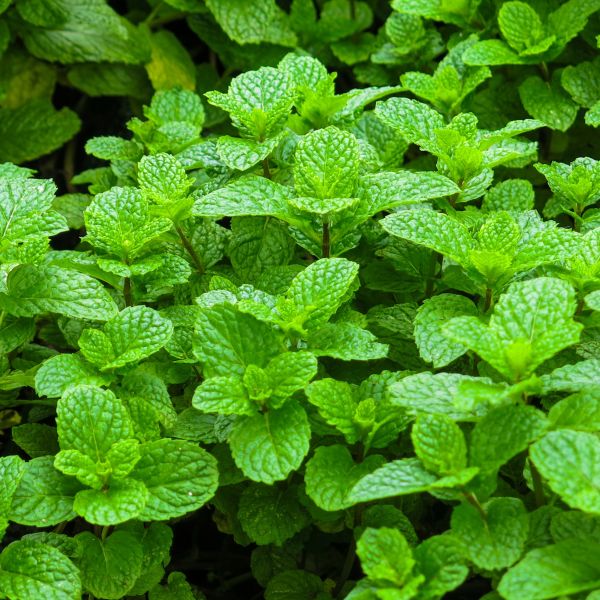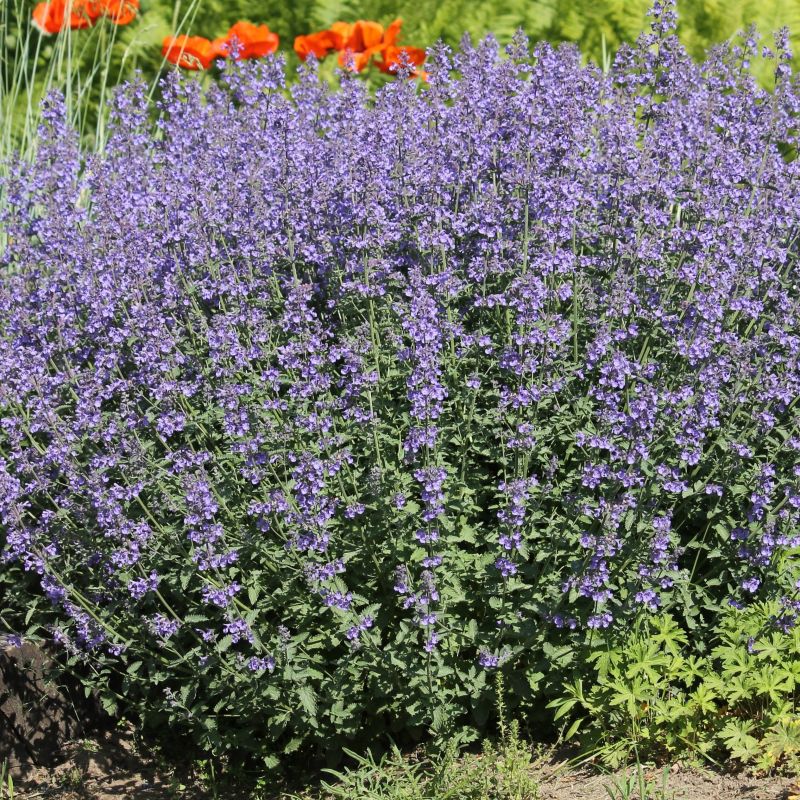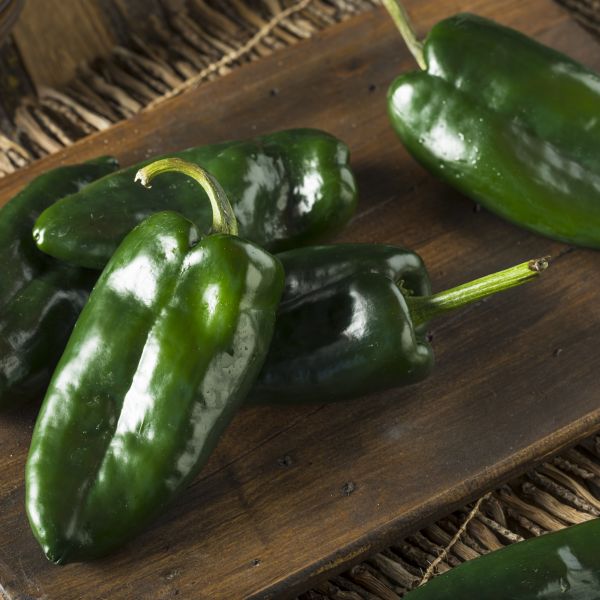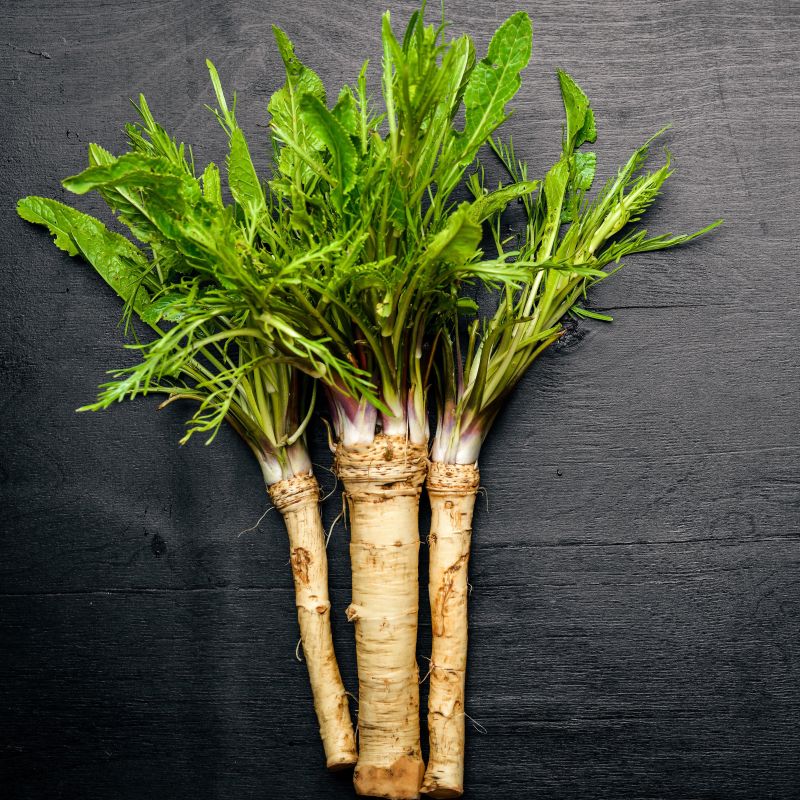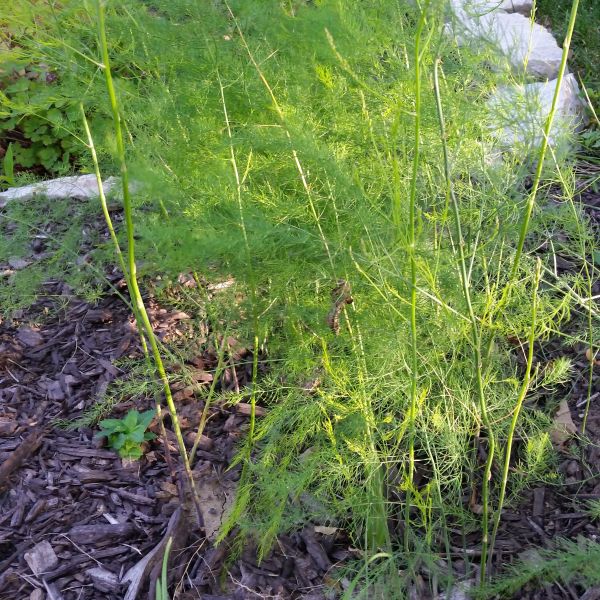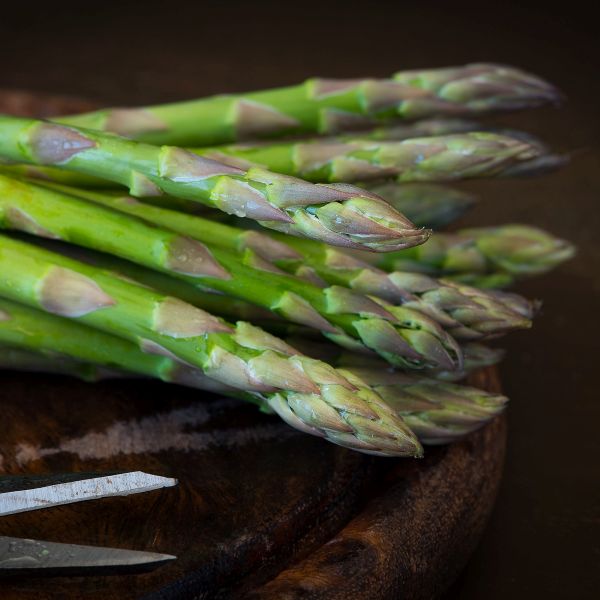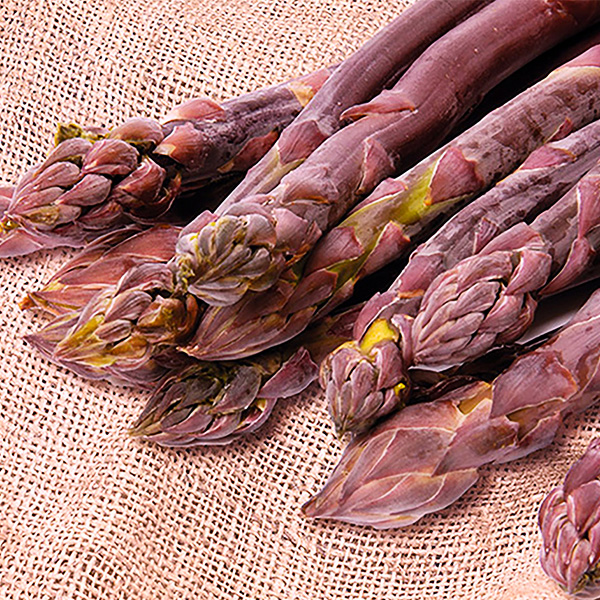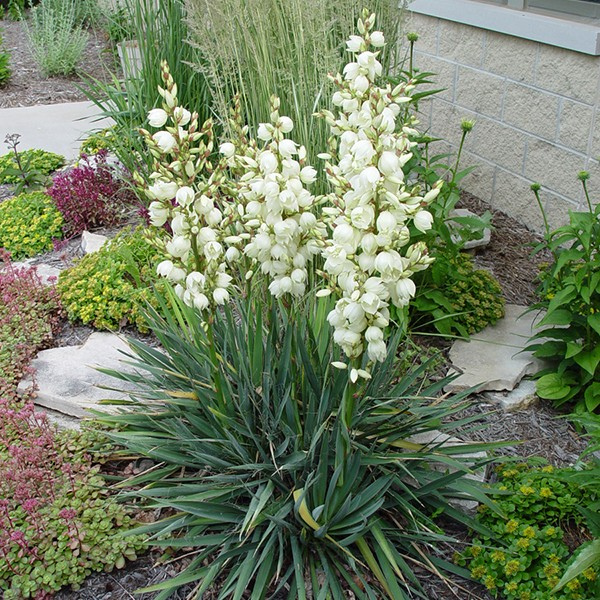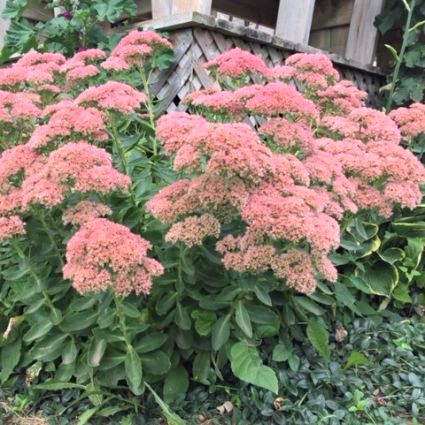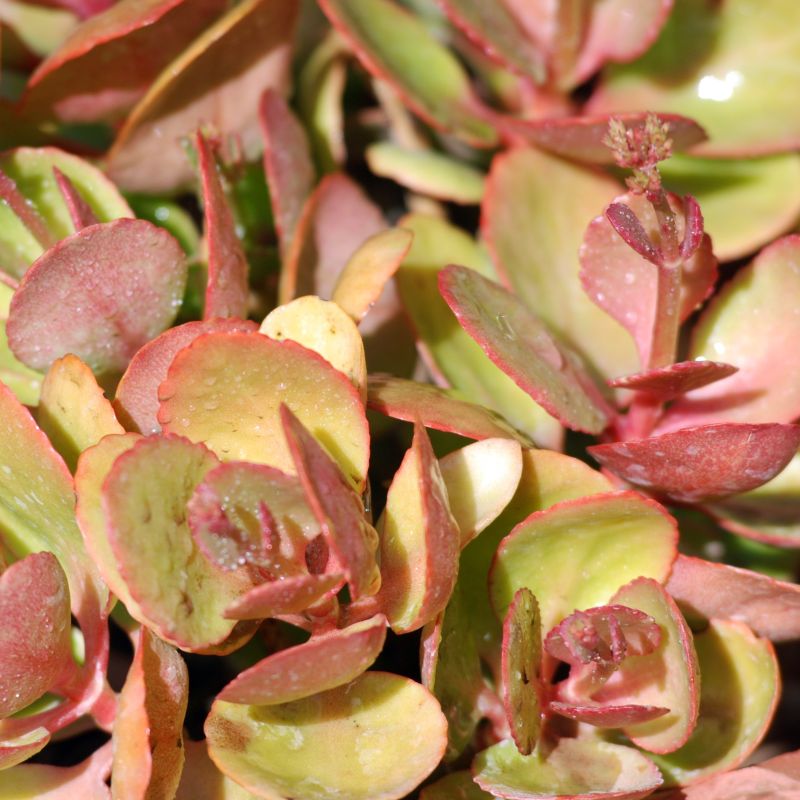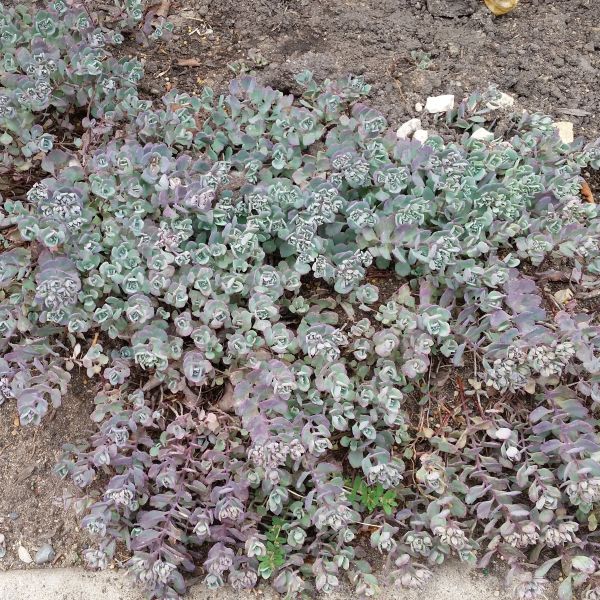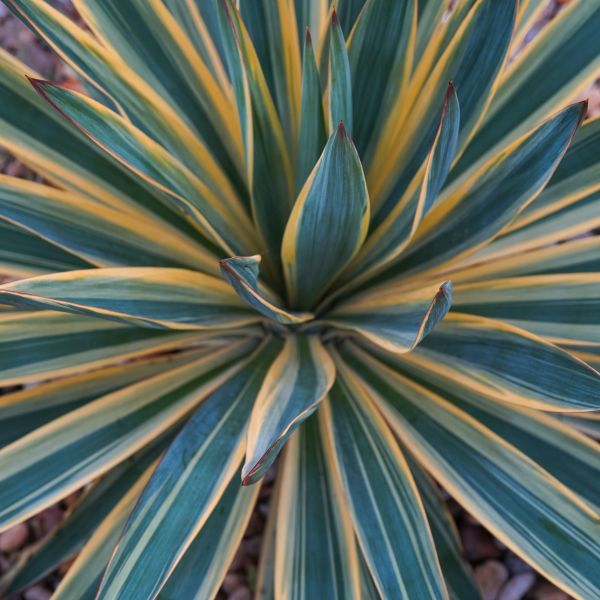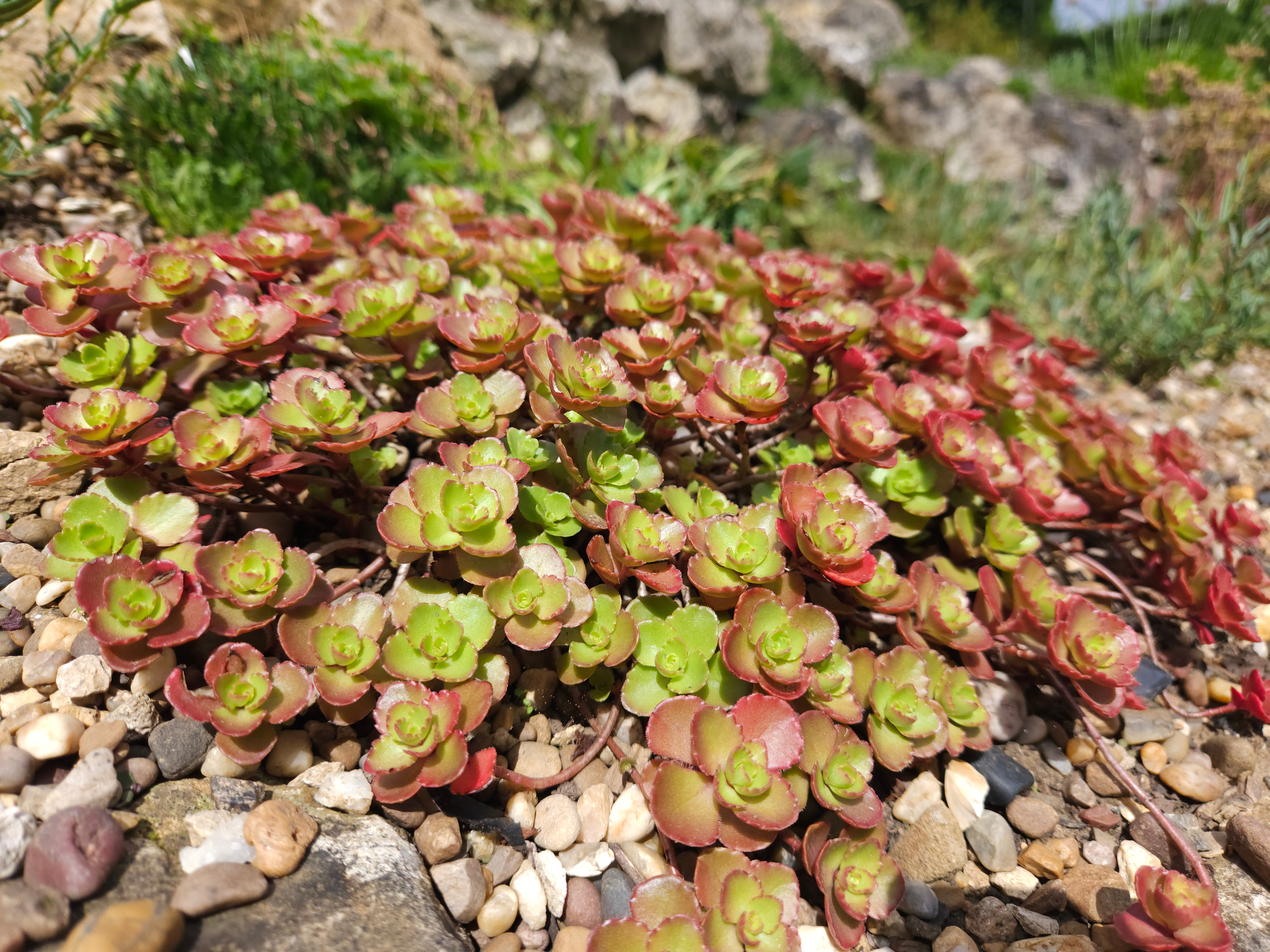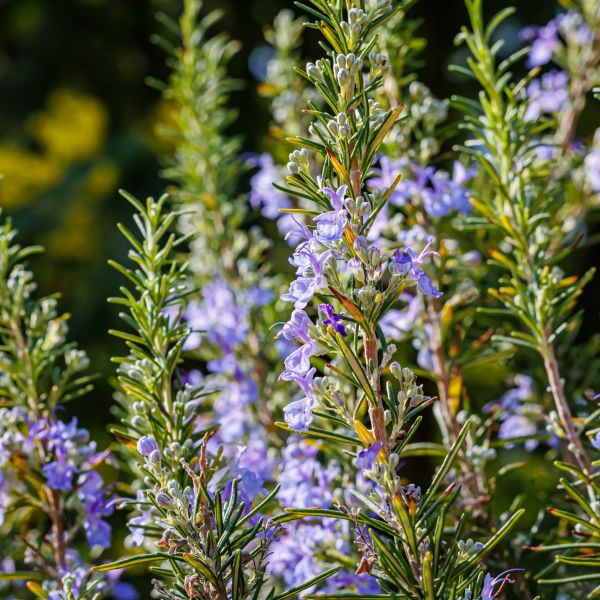
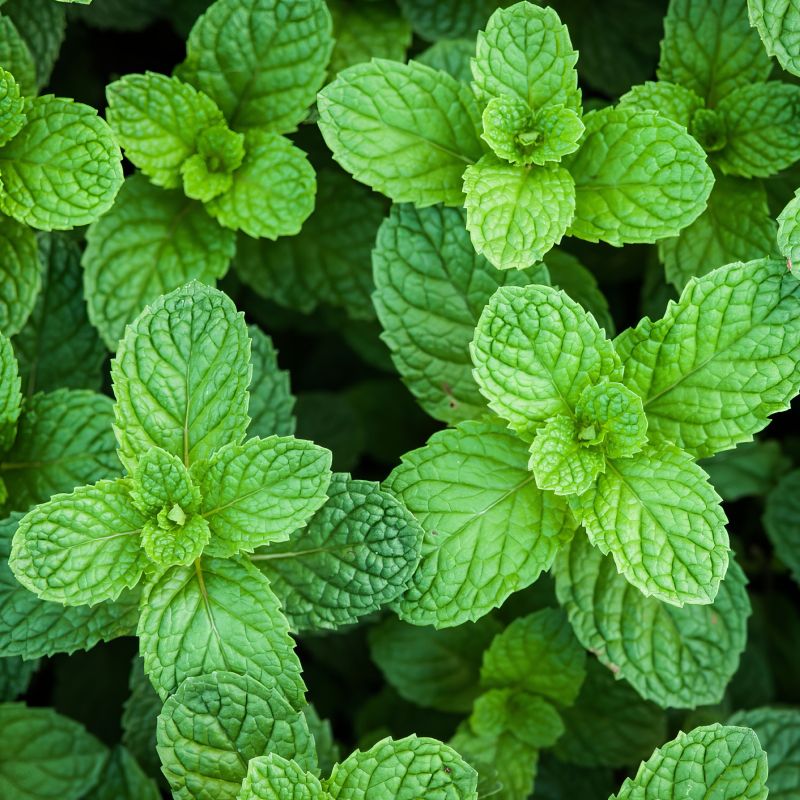
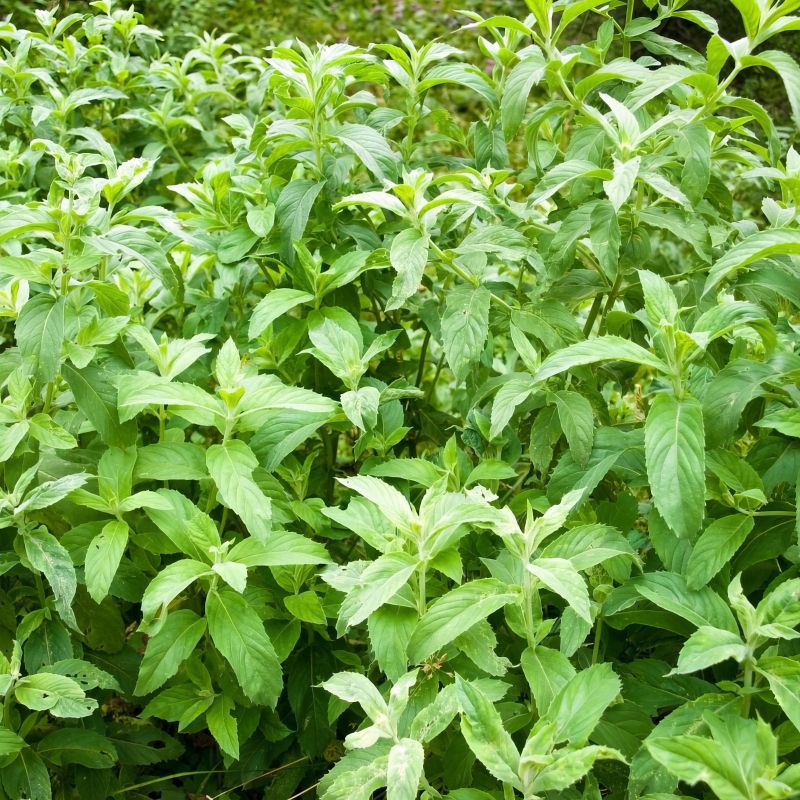
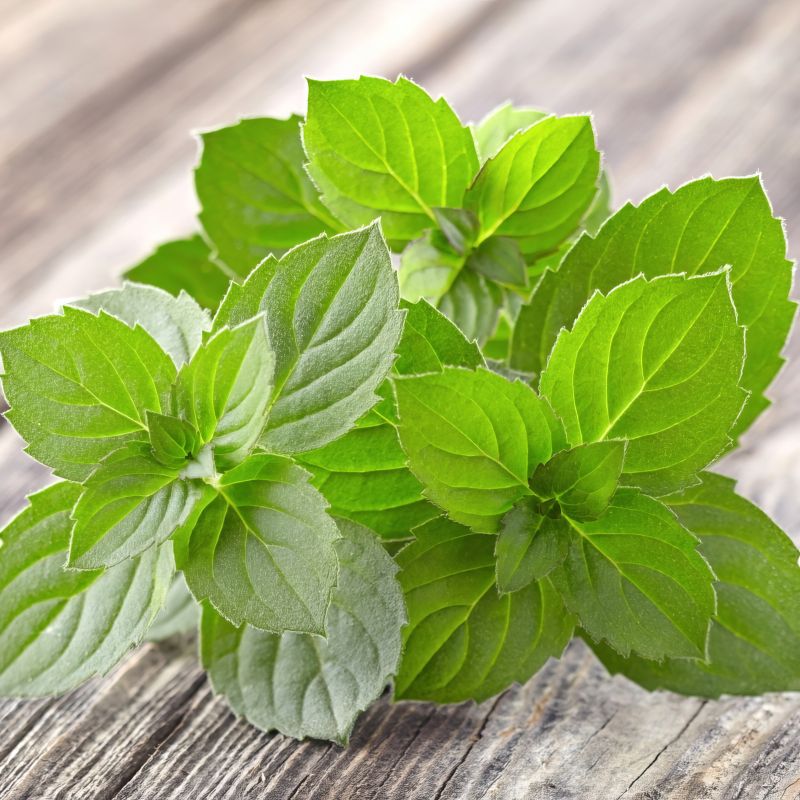
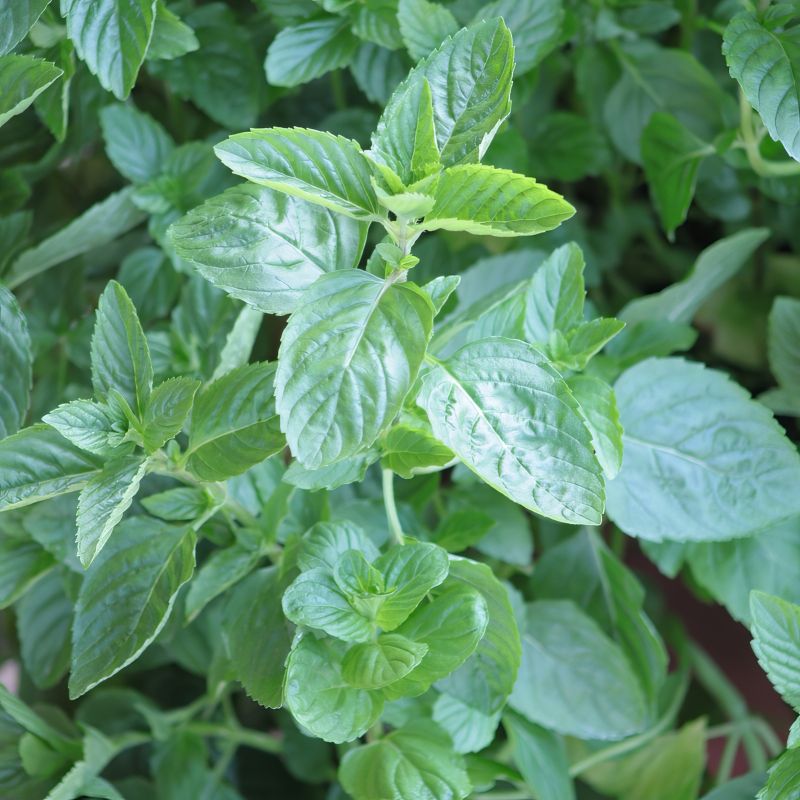
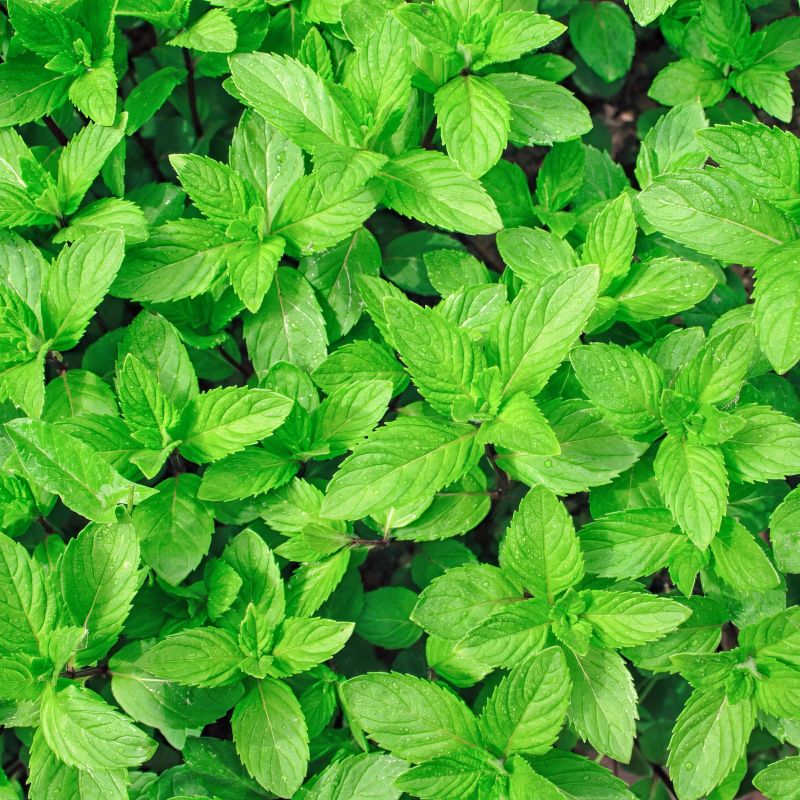
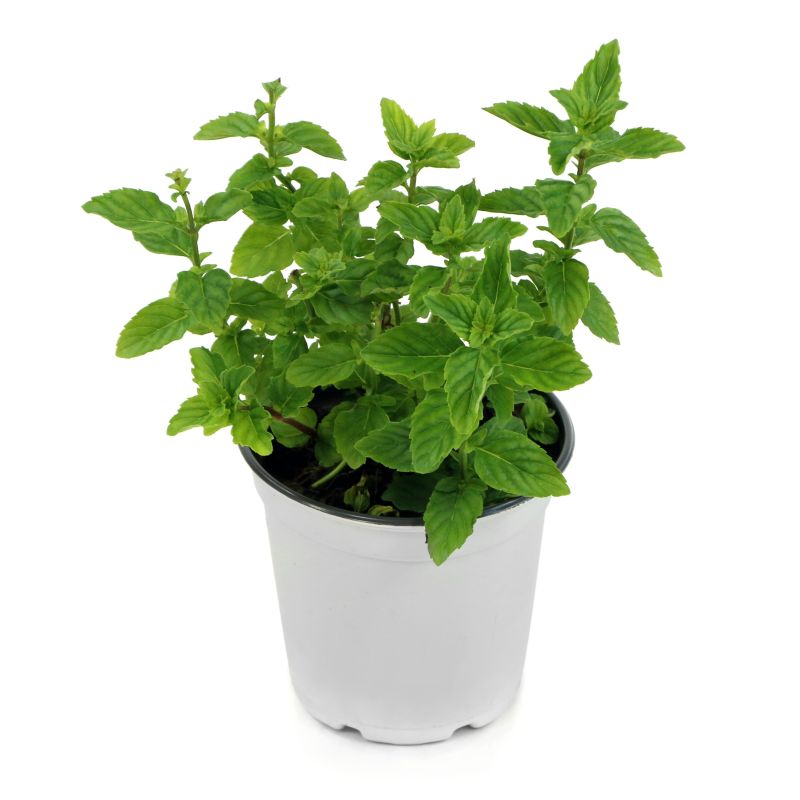
Rosemary
Rosmarinus officinalis
37 reviews
Rosemary
Rosmarinus officinalis
37 reviews
- Rich in antioxidants
- Boosts memory and concentration
- Has anti-inflammatory properties
- Recommended by landscape designers for optimal fit in real yards
$52.00
$75.00
30% Off
- Ships to 43215 in 3 to 7 days
- Free Shipping Over $150
- Plant Arrival Guarantee
- In Stock
- Free Plant Consult
$200 - Landscape-Approved: Every Plant We Sell Comes With Design Expertise Behind It
- 4" Pot
- 4" Pot, 3 Pack
Not just beautiful - intentionally selected by ShrubHub's 3D landscape design team to fit real-world spaces and maximize yard potential.
Why Rosemary?
Rosemary is a fragrant and versatile herb commonly used in cooking, as well as for medicinal and therapeutic purposes. It is high in antioxidants, anti-inflammatory properties, and contains nutrients that may improve digestion, brain function, and circulation. Rosemary is also known to have antimicrobial properties and may help boost the immune system. Its aroma is invigorating and can enhance mental clarity and focus.
People who loved this plant also bought
Sunlight
Rosemary requires full sunlight for at least 6-8 hours a day to thrive and grow well. Lack of sunlight can result in weak, leggy growth and decreased production of aromatic oils. It is a sun-loving plant best suited for bright, sunny locations.
Watering
Rosemary plants should be watered deeply but infrequently, allowing the soil to slightly dry out between waterings. They prefer well-draining soil and should not be watered too frequently as this can cause root rot. Watering every 10-14 days is typically s
Fertilizing
Rosemary thrives in well-drained soil with a neutral pH level. Fertilize rosemary with a balanced fertilizer, such as a 10-10-10 blend, in the spring and summer months. Avoid over-fertilizing, as this can lead to excessive growth and a decrease in the plan
Rosemary has a been a classic holiday plant for many years. This collection gives you three 4 in. containers to do your own holiday decorating. Spruce up your fireplace mantel or create a beautiful centerpiece, the possibilities are endless with these 3 beauties.
Plant Information:
| Botanical Name: | Rosmarinus officinalis |
| USDA Zones: | 7 - 10 |
| Mature Height: | 4 ft |
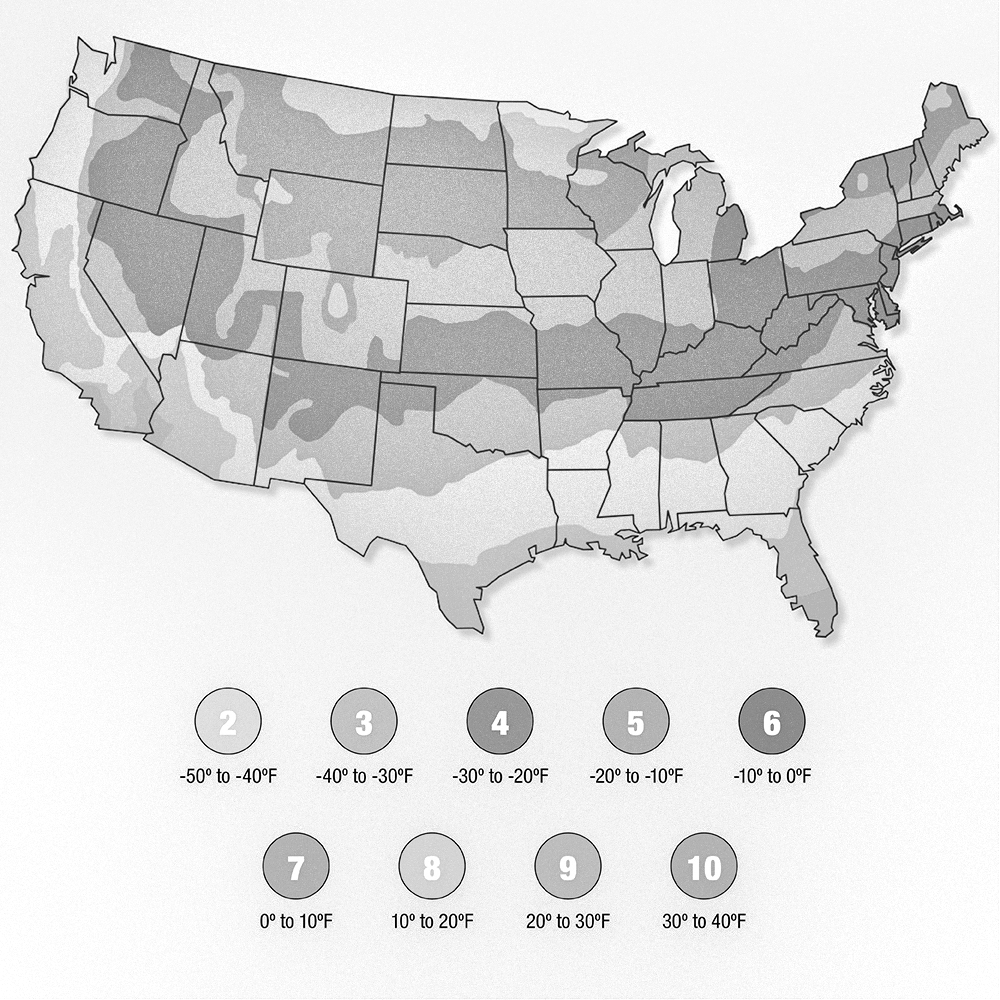

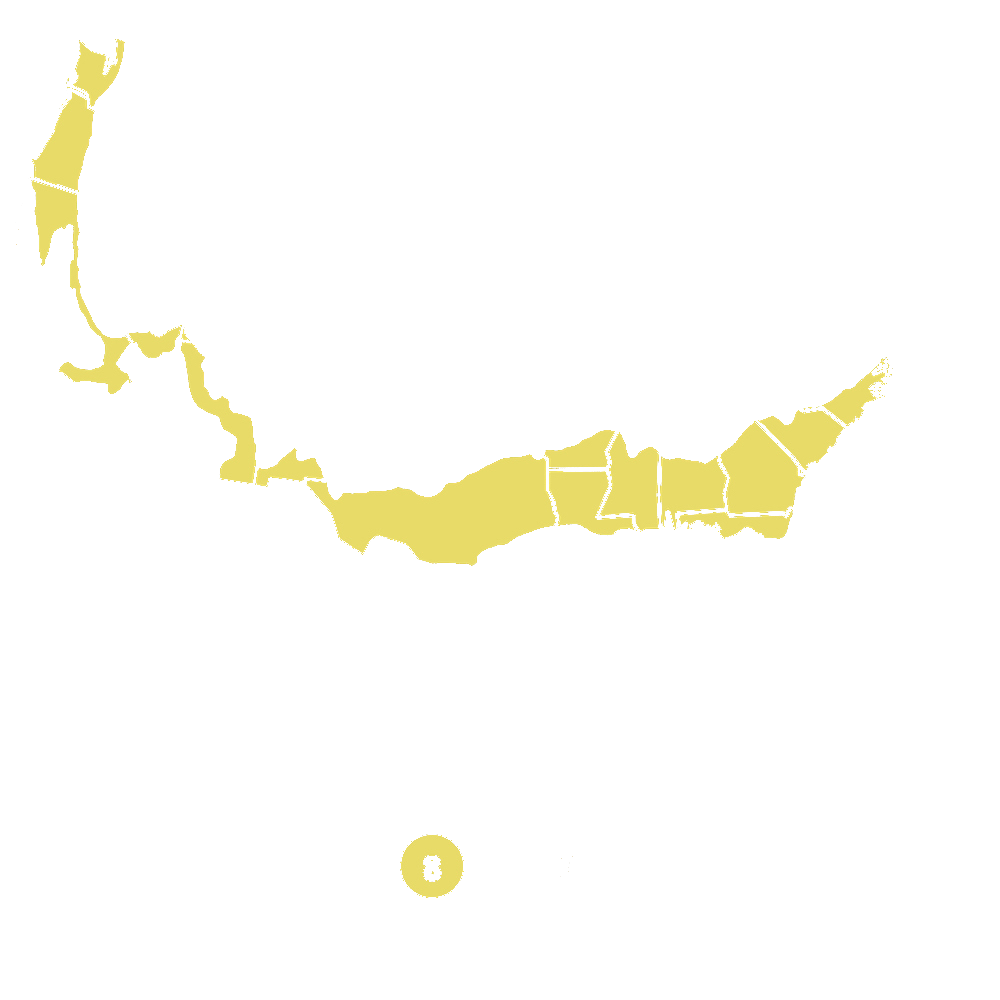
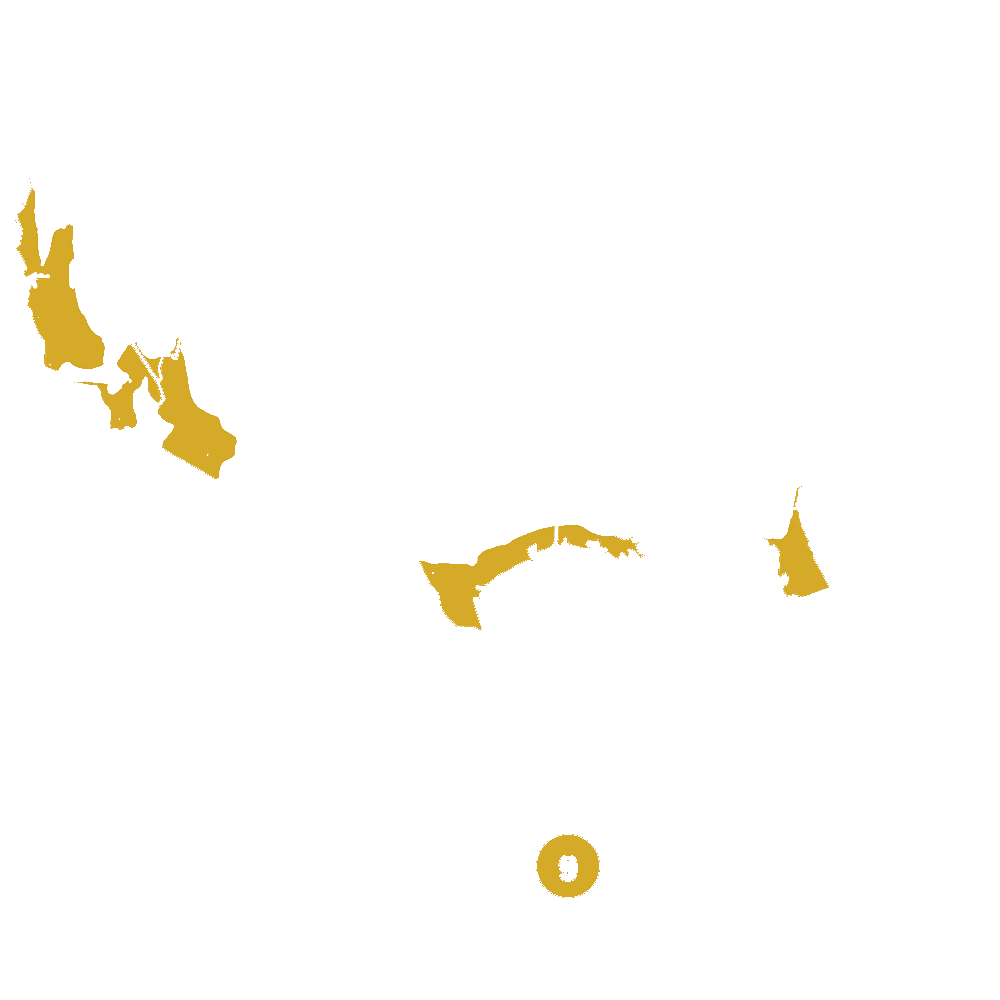

Pollination Info
Rosemary (Rosmarinus officinalis) Pollination Info
Rosemary (Rosmarinus officinalis) is a versatile herb that is commonly used in culinary dishes, medicinal purposes, and even in beauty products. Like many flowering plants, rosemary relies on pollination to reproduce and produce seeds.
Pollination Method:
Rosemary plants are pollinated primarily by bees. Bees are attracted to the fragrant flowers of the rosemary plant and play a crucial role in transferring pollen from the male stamens to the female pistil, leading to fertilization.
Timing of Pollination:
Rosemary plants typically bloom in the spring and summer months when temperatures are warm and days are longer. This is the peak time for bee activity, which enhances the chances of successful pollination.
Additional Pollinators:
While bees are the primary pollinators of rosemary, other insects such as butterflies and hoverflies may also visit the flowers and aid in pollination. These insects help increase genetic diversity and improve seed production in rosemary plants.
Impact of Pollination:
Successful pollination is essential for the production of rosemary seeds, which are used for propagation and cultivation of new plants. Without pollination, rosemary plants would not be able to reproduce sexually and would rely solely on vegetative propagation.
FAQ
Rosemary (Rosmarinus officinalis) FAQ
What is rosemary?
Rosemary (Rosmarinus officinalis) is a fragrant herb native to the Mediterranean region. It is commonly used in cooking, as well as in essential oils and herbal remedies.
How do I grow rosemary?
Rosemary can be grown in well-drained soil with full sun. It is a hardy plant that requires minimal watering once established. You can propagate rosemary from cuttings or seeds.
What are the uses of rosemary?
Rosemary is commonly used as a culinary herb to flavor dishes such as meats, vegetables, and breads. It is also used in aromatherapy and herbal medicine for its potential health benefits.
How do I harvest rosemary?
To harvest rosemary, simply snip off the sprigs with a pair of scissors or pruners. It is best to harvest in the morning when the flavor and aroma of the herb are at their peak.
Are there any health benefits to rosemary?
Rosemary is believed to have antioxidant and anti-inflammatory properties. It has been used in traditional medicine to improve digestion, memory, and circulation.
Can I use rosemary essential oil?
Rosemary essential oil can be used for aromatherapy, massage, and skincare. It is important to dilute it properly before use, as it is a potent oil that can cause skin irritation if applied directly.
How can I store rosemary?
To store fresh rosemary, place the sprigs in a plastic bag and store them in the refrigerator. You can also dry the rosemary by hanging the sprigs upside down in a dark, well-ventilated area.
Planting & Care
Planting and Care for Rosemary
Rosemary is a fragrant and flavorful herb that is commonly used in cooking and for its aromatic qualities. Here are some tips for planting and caring for rosemary:
Planting:
- Choose a location with full sun and well-drained soil.
- Plant rosemary in the spring after the last frost.
- Dig a hole twice as wide and deep as the root ball of the plant.
- Place the plant in the hole and backfill with soil, tamping down gently.
- Water thoroughly after planting.
Care:
- Water regularly, but be careful not to overwater as rosemary prefers drier conditions.
- Prune the plant regularly to encourage new growth and maintain its shape.
- Fertilize with a balanced fertilizer in the spring and summer months.
- Harvest rosemary by cutting stems as needed, being careful not to remove more than 1/3 of the plant at a time.
- Protect the plant from harsh winter temperatures by bringing it indoors or covering with a frost cloth.
By following these planting and care tips, you can enjoy fresh rosemary for culinary purposes and enjoy the beauty and fragrance of this versatile herb in your garden.
Check Out These Verified Customer Reviews:
Customer Reviews
4.7 out of 5 based on 37 reviews
Thank you! Your review has been submitted.
Great quality rosemary bundle.
Customer service was helpful and friendly.
The rosemary I received was of high quality and looked just like the picture on the website. The item arrived promptly and in good condition. Overall, a great experience ordering from Rosemary. Will definitely order again.
Item has been added to your cart.

